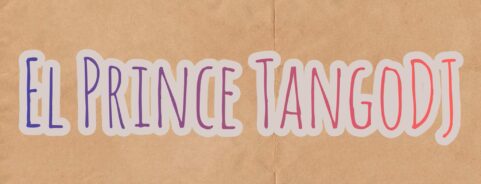Tango La Bruja. A toxic love relationship
La Bruja...
Que ayer fuera reina de todo mi ser
The tango La Bruja (the witch) is one of the most danced and proposed tangos of the Juan D'Arienzo orchestra in the version with cantor Alberto Echagüe. From the first notes of this arrangement it can be recognized the unmistakable compas of the director, the one who revolutionized the tango in the mid-30s of XX century. The music of the tango La Bruja was created by Juan Polito when he was pianist of the Juan D'Arienzo orquesta having replaced "manos brujas" Rodolfo Biagi. The lyrics was written by Francisco Gorrindo also famous for the lyrics of two tangos such as "Paciencia" and "Mala suerte"
Versions
The first recorded version of the tango La Bruja is precisely that of D'Arienzo with Echagüe of 1938.
Angel Vargas instead recorded two versions of this tango: one in 1939 with guitar accompaniment for label Víctor; another in 1955 with the Trio Scarpino, a trio created in 1954 by Alejandro Scarpino to accompany Angel Vargas and formed by Alejandro Scarpino (bandoneón), Casiano Suarez and Norberto Suarez (guitars).
Among other versions, one by the creator himself Juan Polito from 1953 singed by Raúl Figueroa.
In 1959 D'arienzo recorded a new version with the voice of Mario Bustos, more orchestral and typical of the period, in any case incomparable to the first version.
Lyrics
The Bruja defined in the lyrics is a mean lady who has bewitched the heart of a man by keeping him subjugated and dominated with her whims and making him a slave to her desires. The man has finally decided to leave the "witch" woman and to end this toxic relationship. He doesn't care about her laughter or her crying but he finally got the courage to not listen to her heart and see her for who she is. Now separating from her means redeeming herself from her suffering, from the evil she has suffered and the dark moments that her memory remembers of her become just a hole in the past. No longer being possessed by this woman allows him to escape from a dark and horror-filled scenario and instead dream of an emotional and spiritual fullness for a future romance.
Ahogando este grito que sube del pecho,
y llega a los labios cargao de rencor,
yo vuelvo a tu lado, atadas las manos,
pero pa' decirte que todo acabó,
Que ya no me importa tu risa o tu llanto,
que a fuerza 'e coraje vencí al corazón,
y que hoy como nunca mirándote cerca,
te veo realmente, así como sos.
La Bruja,
que ayer fuera reina de todo mi ser,
hoy, roto el encanto, no es más que mujer.
La Bruja,
montón de caprichos que me esclavizó,
hoy es un paisaje, cubierto de horror.
Me vuelvo a la vida sencilla y honrada,
me vuelvo a un cariño que es noble y leal,
y puede que un día, curada mi alma,
a fuerza de hombría levante un hogar.
Entonces, acaso, me habré redimido,
y vos, para entonces, quién sabe si sos,
un cacho de invierno cargado de males,
un resto de vida, un poco de tos.
Keep up to date by subscribing to my newsletter
Tango La Bruja. A toxic love relationship Read More »

